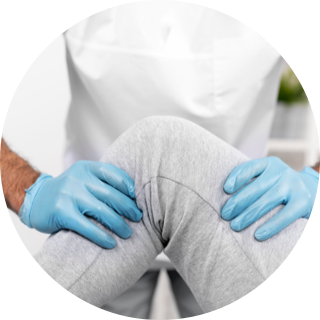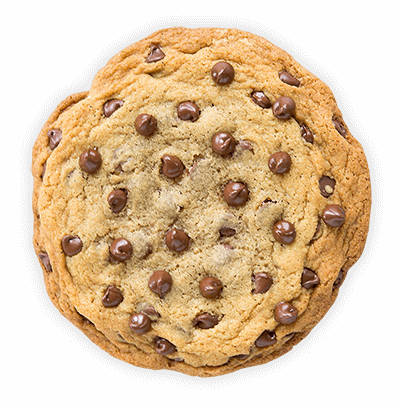Information
One of the most frequent lesions of periasrticular soft tissues is the so called periarthritis of shoulder joint, or lesion of rotary shoulder muff. Biomechanics of shoulder joint motion is a complicated complex from the contraction of 26 muscles and the smooth motion in the shoulder joint itself as well as between the shoulder-blade and the thorax.
Damaged are: two serous sacs (bursa) of shoulder, articular capsule, articular ligaments and their muscles and tendons, located around the joint and forming the so called “rotary muff”.
One of the reasons for the damage of this anatomic complex is the bone structure of the external part of shoulder, under which, like under arc, pass the main motor muscles of the shoulder joint. Conditions for edema, microhemorrhages, inflammation and thickening of tendon, calcium and bone deposits are created under such pressure, and at the end – partial or complete ruptures due to the suffered degeneration. In young people under 40 years of age, the changes are reversible as far as being in the stage of inflammation (tendinitis). In older patients, the changes are non-reversible in case of rupture.
At present, it is considered that degenerative changes in the structures themselves (tendons, etc.) are leading and related to the advancing of age and becoming old. Complaints are pain in shoulder, which may be with gradual (more often) or acute start. Overtension and chronic microtraumatization is in the basis. The changes in volume, intensity and technics of training are important in sportsmen, and the complaints are related to a great extend with reduction of achievements. In all of them, however, there is long-term pain, intensified at motion and in the initial stages decreasing at rest. The patients can not sleep on the affected shoulder. The possibility of head work is affected too. In some of them, there is also weakness, stiffening, limitation of motion of shoulder joint from insignificant to complete rigidity – the so called “frozen shoulder”.
There is also twinging, change of intensity of pain in the arc of lifting or dropping of the upper extremity. On principle, the treatment is non-surgical in almost all forms and necessitates much diligence of behalf of the physician. In the beginning should be avoided all motions, provoking the pain and the rest one are not limited, in order to maintain their volume. Cryotherapy (ice treatment) is an effective method to achieve analgesic and anti-inflammatory effect. The ice massage is done twice per day for 15-20 minutes and always after activities and motions, which cause pain. Anti-inflammatory tablets are prescribed, mainly for their analgesic effect. Infiltration of corticosteroids in periarticular space is applied but after accurately estimated indications.
Physical treatment is basic in the treatment of shoulder joint periarthritis, including specially selected complex of drills, adapted to the lesion stage, and done studious, with competence and systematic. Constancy and assistance of the patients is requested. Failure of well prepared and executed rehabilitation program could be indication for surgical intervention.


 On this page, you can change your choices at any time after you have read and understood our
On this page, you can change your choices at any time after you have read and understood our